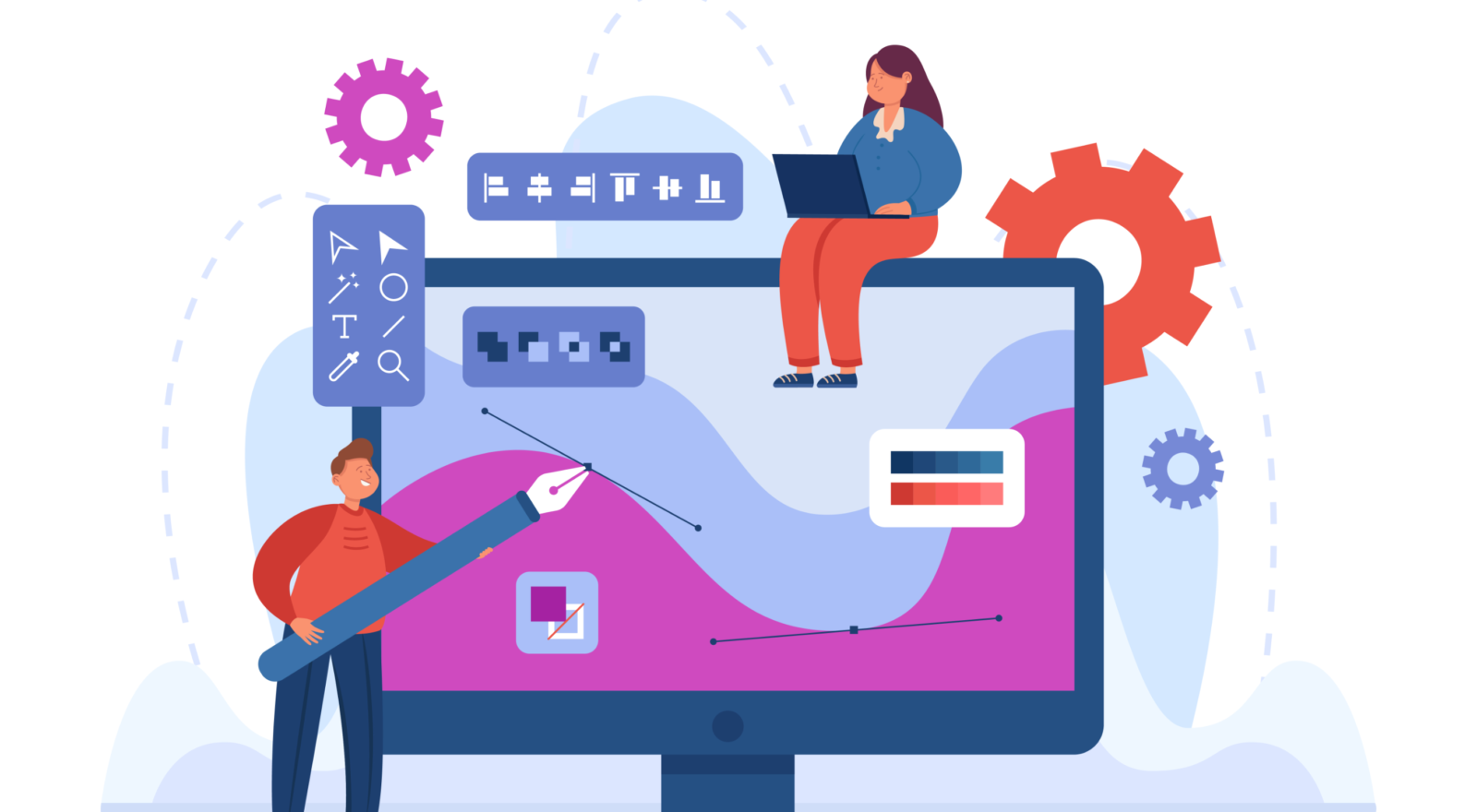Veb İnkişafında Süni İntellektin (AI) və Maşın Öyrənilməsinin Tədqiqi
IntroductionIn the dynamic realm of web development, the boundaries between traditional programming and cutting-edge technologies are blurring rapidly. Artificial Intelligence (AI) and Machine Learning (ML) are no longer confined to the realm of science fiction; they are...
Web Development Trends for 2024: What’s Next for Web Development?
IntroductionThe dynamic landscape of web development is constantly evolving, with new trends and technologies emerging at an unprecedented pace. As we approach 2024, it’s crucial for web developers to stay ahead of the curve and embrace the innovations that are shaping...





